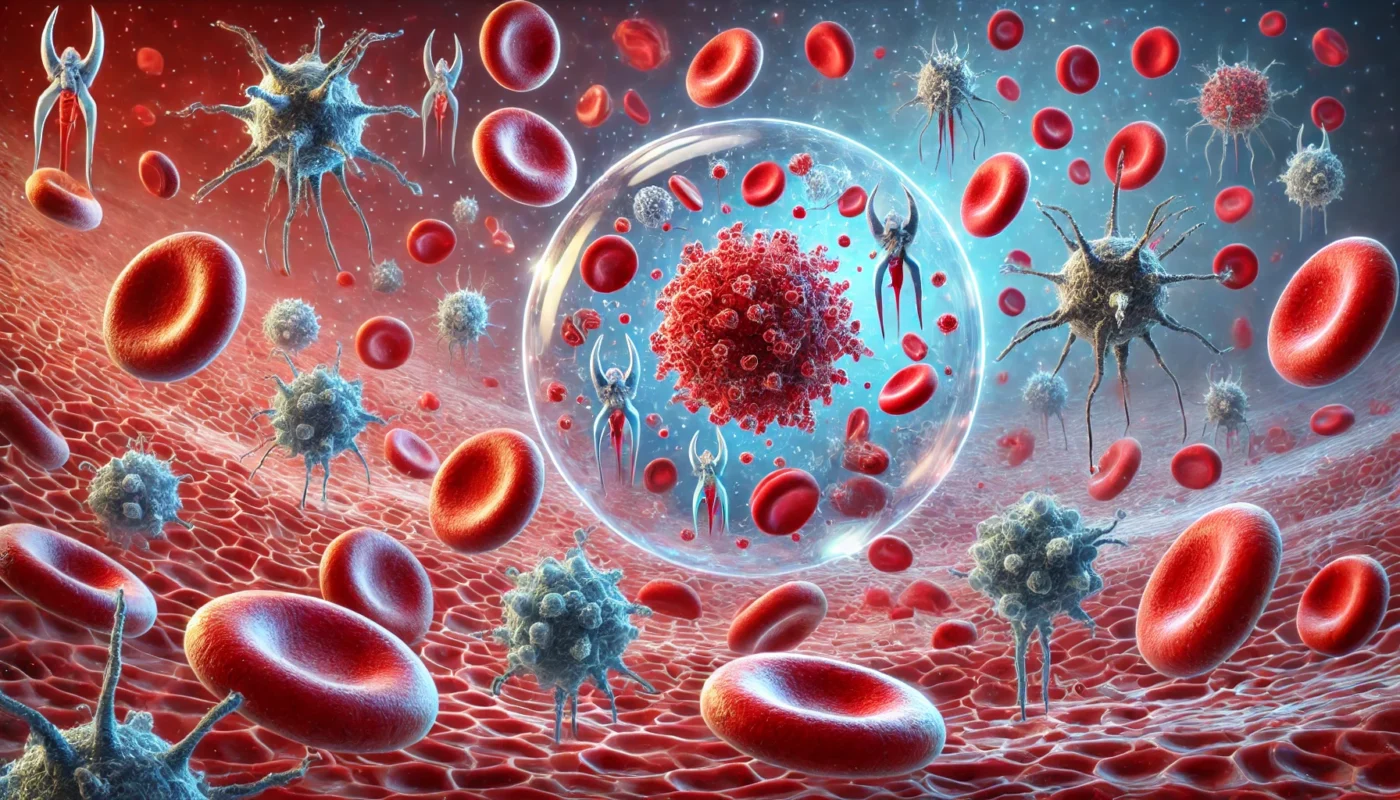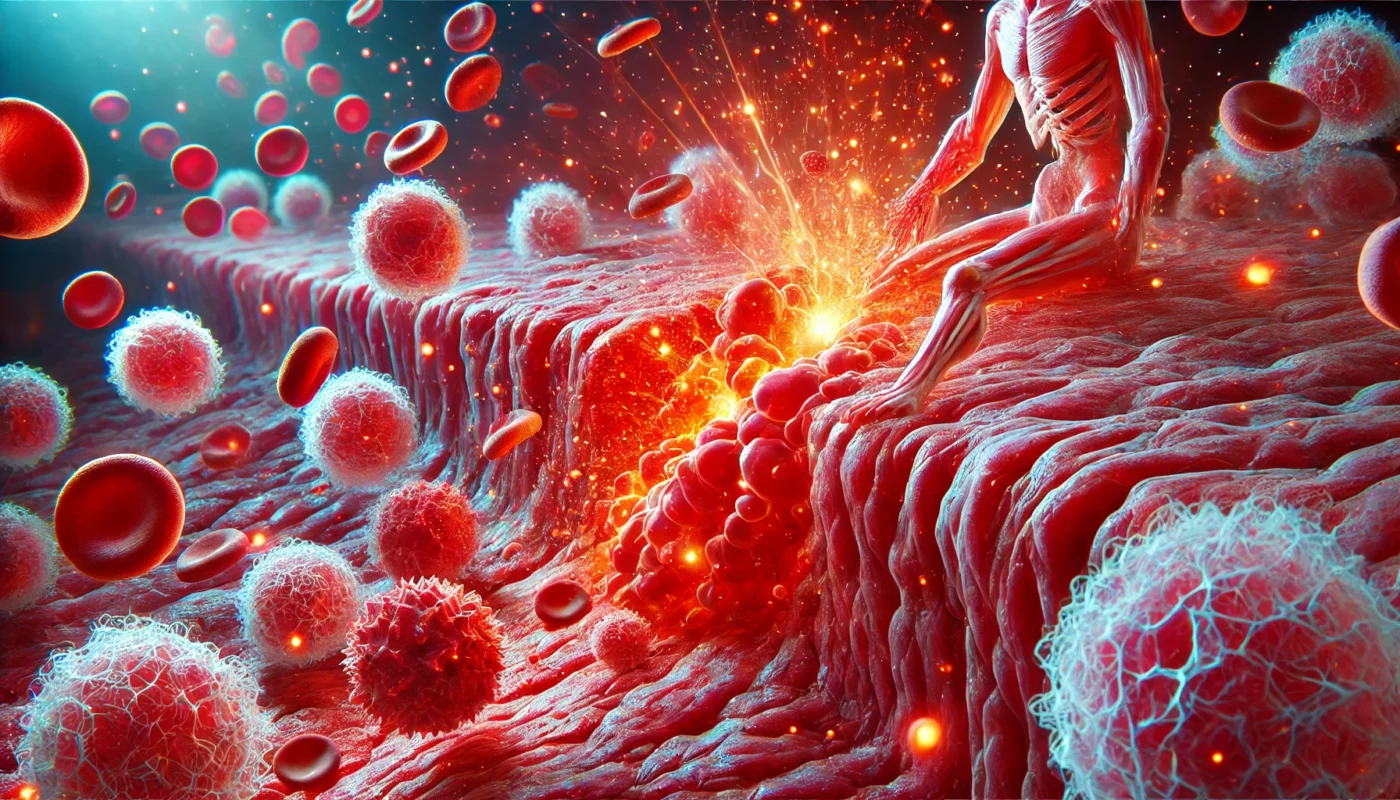Autoimmune diseases are complex and often challenging to manage, leaving many individuals seeking alternative solutions to alleviate symptoms and improve their quality of life. While conventional medicine offers various treatments, natural supplements can provide a complementary approach to managing autoimmune conditions. In this article, we will delve into the benefits and considerations of using natural supplements for autoimmune condition relief, helping you make informed decisions on your wellness journey.
Category Archives: Recovery from Autoimmune Conditions
Learn about innovative therapies and holistic approaches to manage and recover from autoimmune diseases effectively.
Inflammation is a natural immune response that plays a critical role in healing and defending the body against foreign invaders. However, when inflammation becomes chronic, it can contribute to various health issues, including arthritis, heart disease, and even cancer. As interest in dietary strategies to manage inflammation grows, yogurt has emerged as a food of interest due to its potential anti-inflammatory properties. But does yogurt really help with inflammation, or could it exacerbate it? Let’s delve into the scientific evidence to better understand yogurt’s role in inflammation.
Before discussing probiotics, it’s essential to grasp the intricacies of autoimmune diseases. These conditions, such as rheumatoid arthritis, lupus, and multiple sclerosis, involve the immune system misidentifying its own tissues as threats, leading to chronic inflammation and tissue damage. The gut microbiome, a complex ecosystem of bacteria residing in the digestive tract, plays a crucial role in regulating the immune response. An imbalance in this microbiome, known as dysbiosis, is often linked to autoimmune conditions.
When managing autoimmune conditions, nutrition plays a pivotal role. The debate around eggs in the context of autoimmune diseases is ongoing, with questions such as: “Why are eggs bad for autoimmune disease?” and “Are eggs really detrimental to autoimmune health?” surfacing frequently. In this article, we will explore the nutritional benefits of eggs, assess their impact on autoimmune diseases, and provide practical advice for those considering incorporating eggs into their diet.
Autoimmune diseases occur when the immune system mistakenly attacks the body’s own tissues, leading to inflammation and damage. Common conditions include rheumatoid arthritis, lupus, and multiple sclerosis. The exact causes of these diseases are not fully understood, but it is believed that a combination of genetic and environmental factors plays a role.
Warm Autoimmune Hemolytic Anemia is a type of autoimmune disorder where the body’s immune system mistakenly attacks its own red blood cells. This leads to hemolysis, or the destruction of red blood cells, which can result in a variety of symptoms ranging from mild to severe.
The immune system’s journey through life is marked by distinct phases, each characterized by unique strengths and vulnerabilities. From the initial development in infancy to peak performance in young adulthood, and eventually to the gradual decline in later years, the immune system’s evolution is a testament to the body’s adaptability.
Skin inflammation is a common concern that affects individuals of all ages. While it can be a source of discomfort and self-consciousness, understanding how to effectively manage and reduce skin inflammation is crucial for maintaining healthy, radiant skin. In this comprehensive guide, we will explore the causes of skin inflammation and provide actionable strategies to reduce redness and prevent flare-ups using holistic and alternative approaches.
Inflammation is the body’s natural response to injury or infection. It serves as a protective mechanism, mobilizing the immune system to heal damaged tissue and ward off harmful pathogens. There are two types of inflammation: acute and chronic.
Before diving into the strategies, it’s essential to grasp the basics of how your immune system functions. The immune system is a complex network of cells, tissues, and organs working together to defend the body against harmful invaders. It comprises two main components: the innate immune system, which acts as the first line of defense, and the adaptive immune system, which responds to specific threats.










